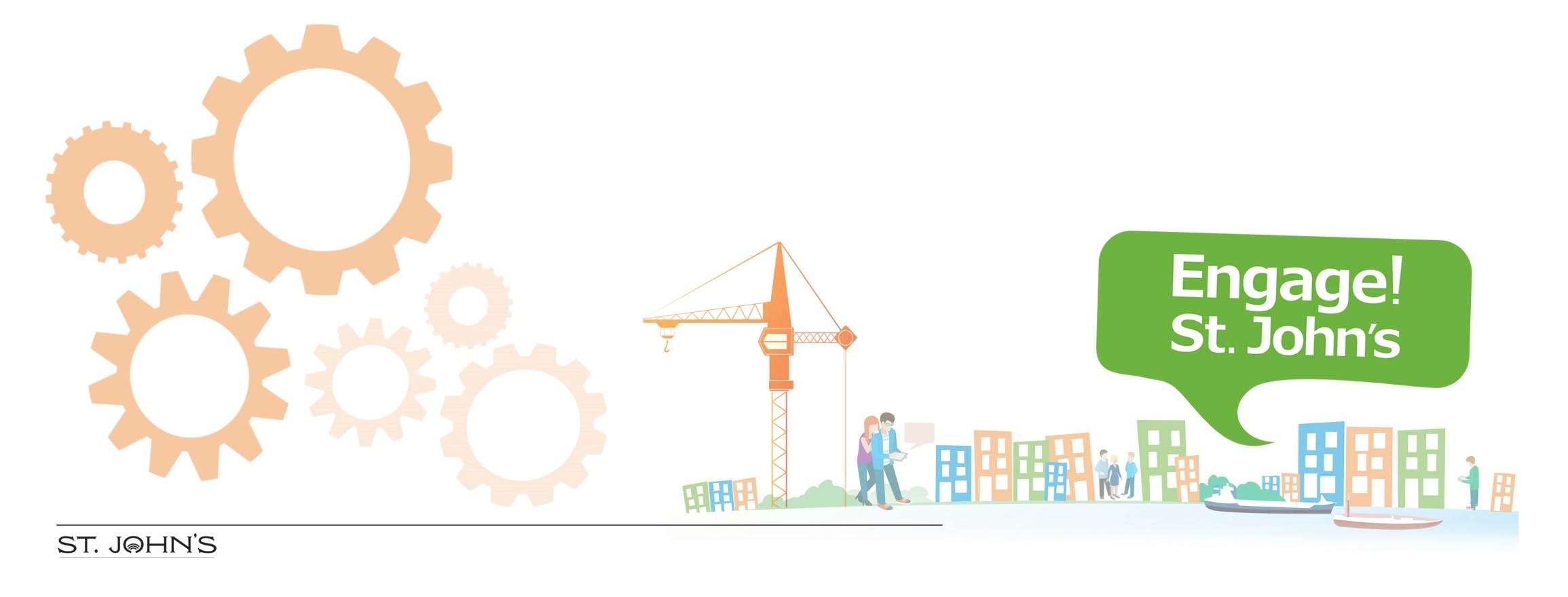Rabbittown Area Watermain Lining Project
Consultation has concluded
The watermain in the Rabbittown area has received rehabilitation - cleaning and structural lining in order to reduce maintenance issues and improve water service.
This project has been completed
Businesses and homes will receive water through a temporary above ground water piping system installed along the street. Residents will be notified directly by the contractor if their properties are included in the project area and access is required to provide temporary water service. Two-way traffic and pedestrian access will be maintained where possible, delays are to be expected. Every effort will be made by the contractor to maintain driveway access to properties located within the work site.
The City of St. John's began rehabilitation work on watermains in several areas of the city in order to reduce maintenance issues and improve service.
Cured-in-Place-Pipe (CIPP) lining of watermains is a trenchless pipe rehabilitation method which consists of cleaning and structural rehabilitation of the existing watermain via installation of a CIPP liner.
PROJECT FUNDING
The project was approved to receive cost shared funding through the Provincial - Territorial Infrastructure Component - National and Regional Projects (PTIC-NRP) of the New Building Canada Fund and the Clean Water and Wastewater Fund. The funding partners for this project are the Government of Canada, Province of Newfoundland and Labrador and the City of St. John's.
This page is not intended to replace other information such as Public Advisories or Public Notices (e- updates), for day to day updates such as traffic or water interruptions, etc. check the City's website. To keep informed of the city’s traffic advisories please sign up for e-updates at www.stjohns.ca.
Check out the Document Library on the right for project details. If you can't find the information you're looking for, post your question here and a staff person will get back to you as soon as possible.




